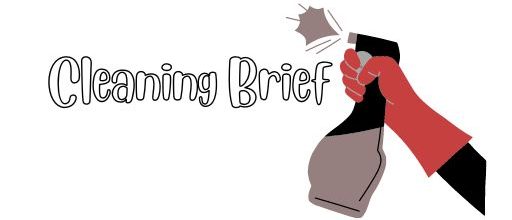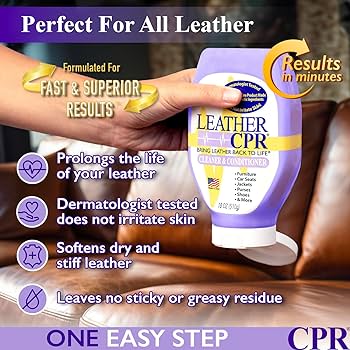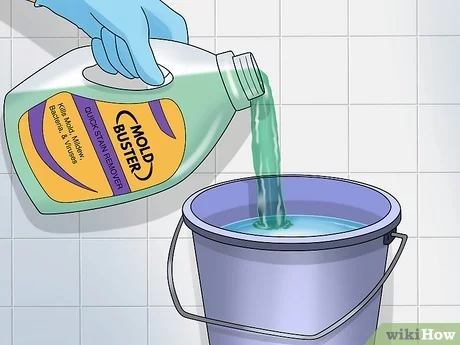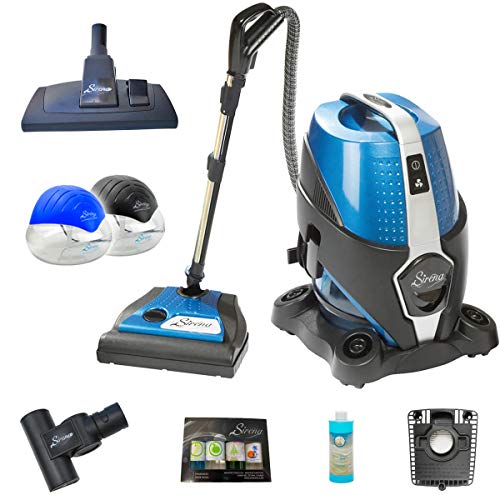How to Clean Mold in Your Basement: Easy and Effective Tips
To clean mold in the basement, use a mixture of bleach and water, scrub the affected area, and ensure proper ventilation. Mold growth in the basement can be a common problem due to high humidity levels and poor ventilation.
If left unaddressed, it can cause health issues and structural damage. To tackle this issue, it’s crucial to clean the mold promptly. One effective method is to create a solution of one part bleach and four parts water, then use a scrub brush to remove the mold from surfaces.
Ensure you wear protective gear, such as gloves and a mask, to avoid any adverse health effects. Additionally, make sure the basement is properly ventilated to prevent future mold growth. By taking these steps, you can effectively clean mold in your basement and create a healthier living environment.

Credit: www.ecofmr.com
Identifying Mold In Your Basement
When it comes to maintaining a clean and healthy home environment, the basement is an area that often gets overlooked. However, it’s important to regularly inspect your basement for any signs of mold growth. Identifying mold in your basement early on can help you prevent its spread and mitigate any potential health risks.
Signs Of Mold Growth
If you suspect mold might be lurking in your basement, there are a few telltale signs you can look out for:
- Visible Mold: Check for any visible patches of mold on walls, floors, ceilings, or any other surfaces in your basement. Mold can appear as black, green, or white spots or streaks.
- Musty Odor: Mold often emits a strong, unpleasant smell. If you notice a musty or earthy odor in your basement, it could be an indication of mold growth.
- Water Damage: Mold thrives in damp environments. Look for any signs of water damage, such as water stains, discoloration, or peeling paint, as these can create favorable conditions for mold to grow.
- Allergy Symptoms: If you or your family members experience unexplained allergy-like symptoms, such as sneezing, coughing, or watery eyes when spending time in the basement, it could be a result of mold exposure.
Common Areas For Mold Growth
Mold can grow in various areas of your basement, so it’s essential to be aware of the most common hotspots:
| Common Areas for Mold Growth: |
|---|
| Around windows and doors |
| In basements with inadequate ventilation |
| Near leaky pipes, faucets, or water tanks |
| Beneath sinks or near drains |
| On walls and floors exposed to high humidity |
| In areas where flooding or water seepage has occurred |
Regularly inspecting these areas and taking preventive measures can help you stay one step ahead of mold growth.
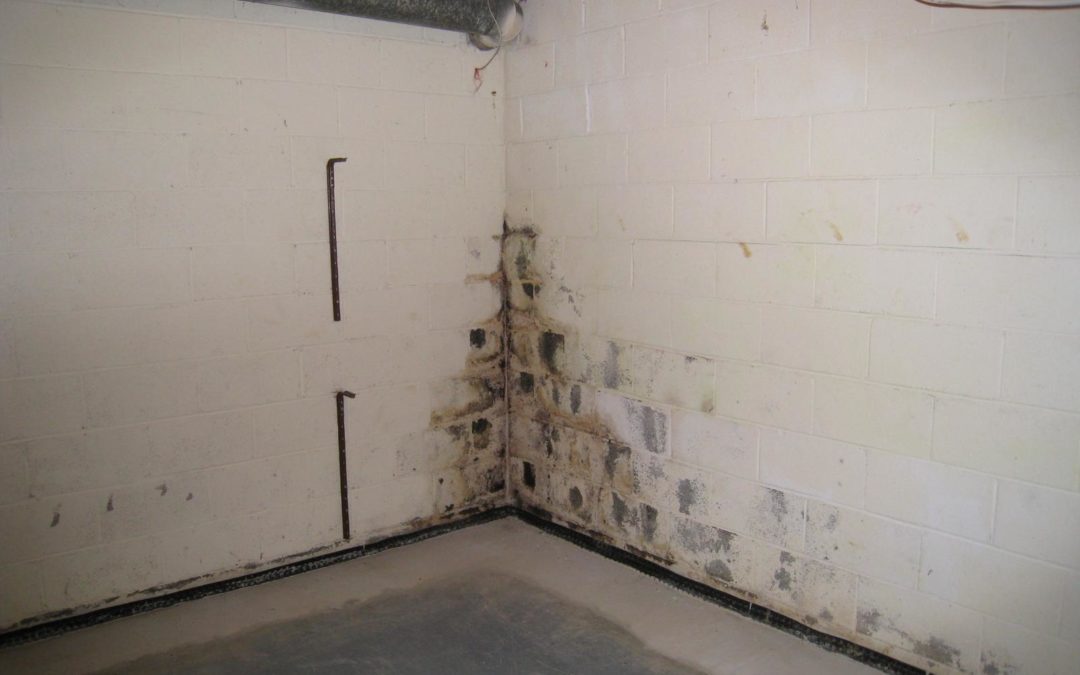
Credit: waterproof.com
Safety Precautions Before Cleaning
Before cleaning mold in the basement, ensure proper safety measures. Use protective gear, ventilate the area, and remove excess water. Check for structural damage and address any leaks to prevent future mold growth. Always follow recommended cleaning solutions and techniques to minimize health risks.
Every Sentence Should Be Readable To 9-year-olds
Before getting down to the task of cleaning mold in your basement, it is crucial to prioritize your safety. Protecting yourself from potential health risks and hazardous exposure should be your utmost concern.
Use Of Personal Protective Equipment (ppe)
When dealing with mold in your basement, personal protective equipment (PPE) is essential to safeguard your health. These protective measures ensure that you minimize contact with harmful mold spores and adhere to the required safety guidelines.
To protect yourself effectively, it is recommended to wear the following personal protective equipment:
- Gloves: Wearing disposable, nitrile, or rubber gloves shields your hands from direct contact with mold and helps prevent skin irritation or allergic reactions.
- Protective Clothing: Use non-absorbent, long-sleeved shirts and pants that can be easily washed after the cleanup process.
- Eye Protection: Reliable safety goggles or glasses prevent mold spores from entering your eyes, reducing the risk of irritation or damage.
- Respiratory Protection: A respirator with a mold-specific filter provides adequate protection against inhaling mold spores, which may cause respiratory issues or allergies.
Ventilation Of The Area
Proper ventilation is crucial during the mold cleaning process to ensure that harmful mold spores do not spread to other areas of the basement or your home. Keeping the air circulating effectively helps maintain a safe and healthy environment.
Here are a few tips on effectively ventilating the area:
- Open windows and doors to ensure proper airflow.
- Use fans or dehumidifiers to improve ventilation and reduce excess moisture, which contributes to mold growth.
- Close off the affected area with plastic sheets, if feasible, to prevent mold spores from spreading.
- Consider using an air purifier with a HEPA filter to help eliminate mold spores from the air.
By adhering to these important safety precautions, you can protect yourself from potential health risks and minimize the chances of mold spreading during the cleaning process. Remember, your safety should always come first when dealing with mold in your basement.
Diy Cleaning Methods For Mold Removal
When it comes to keeping your basement clean and mold-free, DIY cleaning methods can be effective and affordable. By using natural cleaning solutions and appropriate cleaning tools, you can effectively remove mold and prevent its recurrence.
Natural Cleaning Solutions
Natural cleaning solutions can be a safe and effective way to eliminate mold in your basement. Vinegar, baking soda, and hydrogen peroxide are natural substances known for their mold-fighting properties. Vinegar is effective in killing mold spores and preventing their growth, while baking soda can help absorb moisture and eliminate odors. Hydrogen peroxide, when used in proper dilution, can also be effective in killing mold.
Use Of Cleaning Tools
Utilizing appropriate cleaning tools is crucial in removing mold from your basement. A stiff-bristled brush, microfiber cloths, and a high-efficiency particulate air (HEPA) vacuum can aid in removing mold spores from surfaces and reducing the risk of spreading them. These tools, when used in conjunction with natural cleaning solutions, can effectively combat mold in your basement.
Professional Mold Remediation Services
If you discover mold in your basement, it’s important to address the issue as soon as possible to prevent further damage and potential health risks. While there are DIY methods for cleaning mold, sometimes it’s best to enlist the help of professionals who specialize in mold remediation. Professional mold remediation services can ensure that your basement is properly cleaned and the mold is safely removed. In this section, we’ll explore when it’s appropriate to hire professionals and how to choose the right mold remediation company.
When To Hire Professionals
In some cases, it may be possible to handle mold cleanup yourself if the affected area is small and easily accessible. However, there are circumstances when it’s crucial to bring in professionals:
- If the mold covers a large area: If the mold is widespread and extends beyond a few square feet, it’s essential to hire professionals. They have the expertise and equipment to handle larger-scale remediation efficiently.
- If there is hidden mold: Mold can often grow in hidden areas such as behind walls or under flooring. Without professional knowledge and specialized equipment, it can be challenging to detect and eliminate hidden mold effectively.
- If you or your family members have mold-related health issues: Mold can cause various health problems, including allergies, asthma, and respiratory issues. If you or your family members are already experiencing health concerns related to mold exposure, it’s crucial to seek professional assistance.
Choosing The Right Mold Remediation Company
When it comes to choosing a mold remediation company, it’s important to do thorough research to ensure you hire a reputable and reliable service provider. Here are some key factors to consider:
- Experience and expertise: Look for a company with extensive experience in mold remediation. Check their track record and certifications to ensure they have the necessary expertise to handle your specific situation.
- Proper licenses and certifications: Ensure that the company holds the required licenses and certifications to provide mold remediation services. This ensures that they adhere to industry standards and regulations.
- References and reviews: Read customer reviews and ask for references from past clients. This will give you insights into their reputation and the quality of their work.
- Comprehensive assessment and remediation plan: A reliable mold remediation company will conduct a thorough assessment of the mold problem and provide you with a detailed plan for remediation. Make sure they explain the steps they will take and the methods they will use.
- Safe and environmentally friendly practices: Ask about the company’s approach to mold remediation and ensure they prioritize safety and eco-friendly practices.
- Cost and warranty: Obtain multiple quotes from different companies and compare their pricing. Also, inquire about any warranties or guarantees they provide for their services.
Preventing Future Mold Growth
Mold in the basement is a problem that needs immediate attention, but prevention is key to avoiding future growth. By implementing proper moisture control techniques and conducting regular inspections, you can keep mold at bay. Let’s explore some effective ways to prevent mold growth in your basement.
Moisture Control
To prevent mold growth in your basement, it is crucial to control excess moisture. Mold thrives in damp environments, so keep the area as dry as possible.
Here’s how you can effectively control moisture:
- Check for leaks: Regularly inspect your basement for any signs of water leakage. Check the walls, ceiling, and foundation for any cracks or gaps that could be potential entry points for water. If you identify any leaks, address them immediately to prevent further moisture buildup.
- Proper ventilation: Ensure proper ventilation in your basement by installing exhaust fans or dehumidifiers. These devices help remove excess moisture from the air, reducing the chances of mold growth.
- Monitor humidity levels: Ideally, the humidity levels in your basement should be between 30% and 50%. Invest in a hygrometer to measure the humidity and adjust it accordingly. You can use a dehumidifier to reduce humidity if necessary.
- Improve drainage: If you notice water pooling around your home’s foundation, it can seep into the basement and contribute to mold growth. Make sure your gutters are clean and functioning properly, directing water away from your foundation. Consider installing a French drain to divert water away from your home.
Regular Inspection And Maintenance
Mold can grow quickly, so it’s important to conduct regular inspections and perform necessary maintenance tasks to prevent its growth.
Here are some tips for regular inspection and maintenance:
- Inspect plumbing: Check your pipes, faucets, and drains for any leaks, drips, or condensation. Repair any issues immediately to prevent water accumulation.
- Monitor foundation: Look for cracks or gaps in the basement walls or foundation that could allow water to enter. Seal these openings promptly to prevent moisture intrusion.
- Check for condensation: Condensation can occur on windows or cold surfaces in your basement. Wipe off any moisture promptly and consider adding insulation or dehumidification if condensation is a recurring problem.
- Remove clutter: Keep the basement tidy and clutter-free. Clutter can block air circulation and create pockets of moisture, which can be favorable for mold growth.
By following these preventive measures, you can significantly reduce the risk of mold growth in your basement. Regular maintenance and vigilance are key to keeping your basement clean and mold-free.
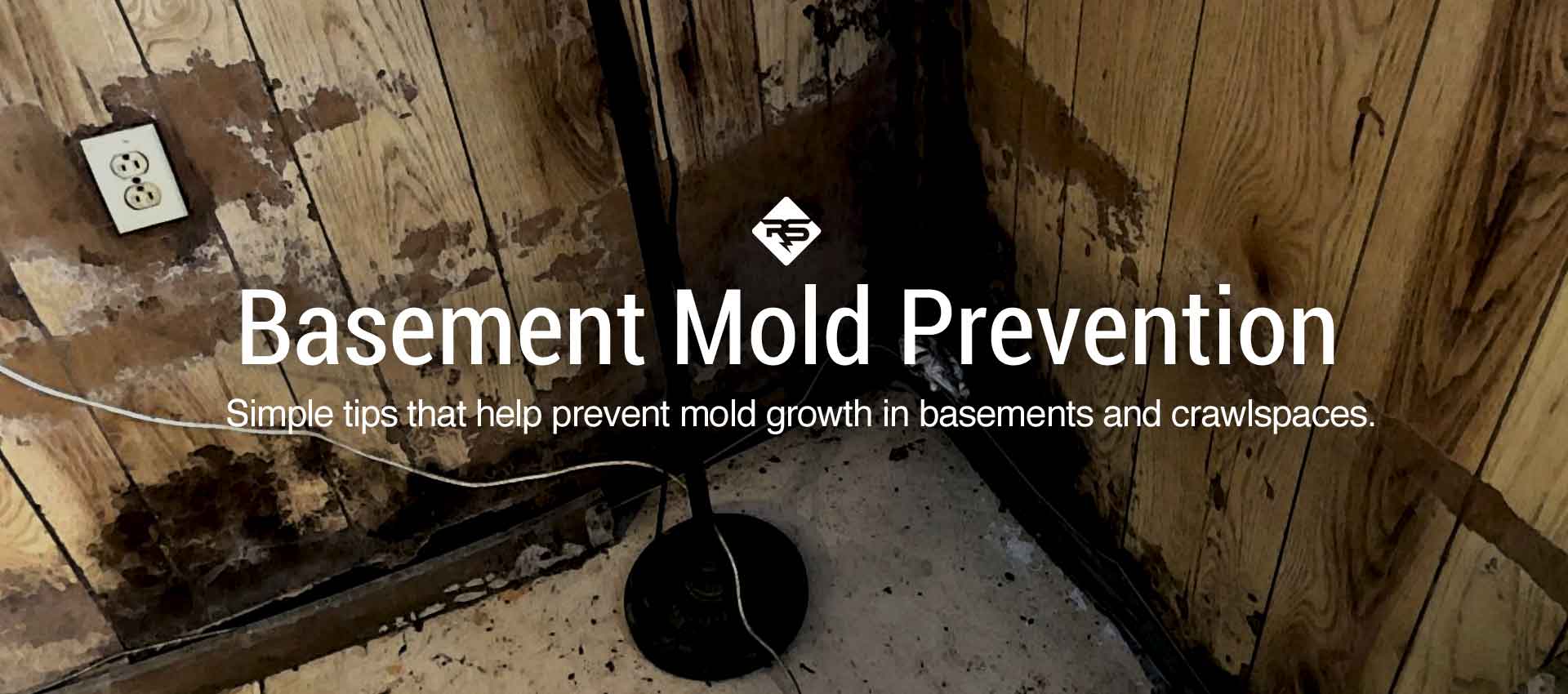
Credit: www.radonseal.com
Frequently Asked Questions Of How To Clean Mold In Basement
How Can I Remove Mold From My Basement?
To remove mold from your basement, start by identifying the source of moisture and fixing it. Then, use a mixture of bleach and water to clean the affected area. Scrub the mold using a brush and make sure to wear protective gear like gloves and goggles.
After cleaning, dry the area thoroughly to prevent future mold growth.
What Are The Health Risks Of Mold In The Basement?
Exposure to mold in the basement can cause various health issues such as allergies, respiratory problems, and skin irritation. Mold spores can trigger asthma attacks and worsen existing conditions. It’s important to address mold issues promptly to maintain a healthy living environment.
How Can I Prevent Mold Growth In My Basement?
To prevent mold growth in your basement, ensure proper ventilation by using fans or dehumidifiers. Fix any leaks or seepage issues immediately. Keep the basement well-lit and dry. Regularly inspect and clean any areas prone to moisture buildup, such as pipes, walls, and window sills.
Using mold-resistant paint can also be beneficial.
Conclusion
Cleaning mold in the basement is crucial for maintaining a healthy home. With the right cleaning products and safety measures, you can tackle mold effectively. Regular maintenance and proper ventilation can prevent mold growth in the future. By following these steps, you can keep your basement clean and mold-free.
